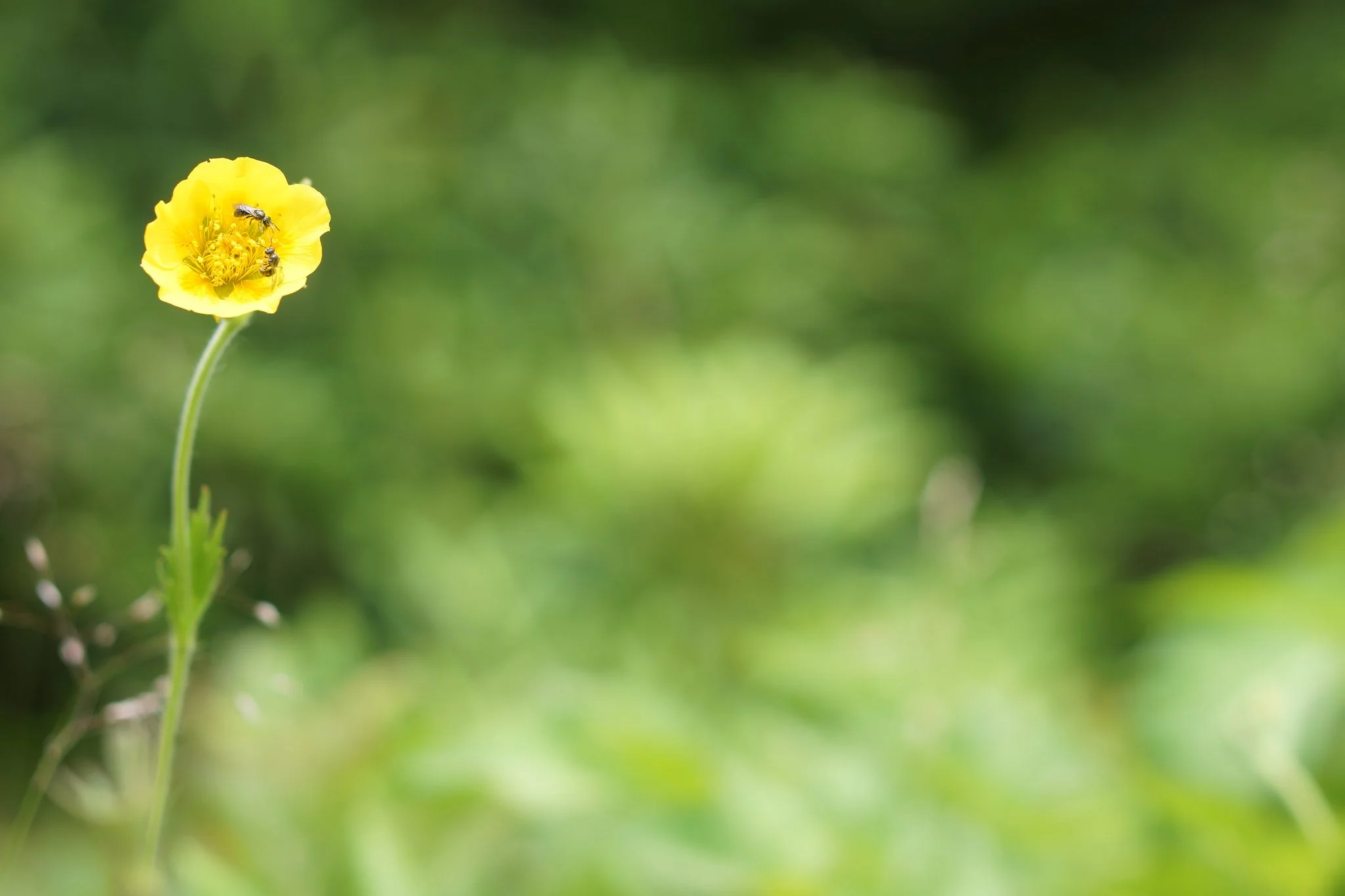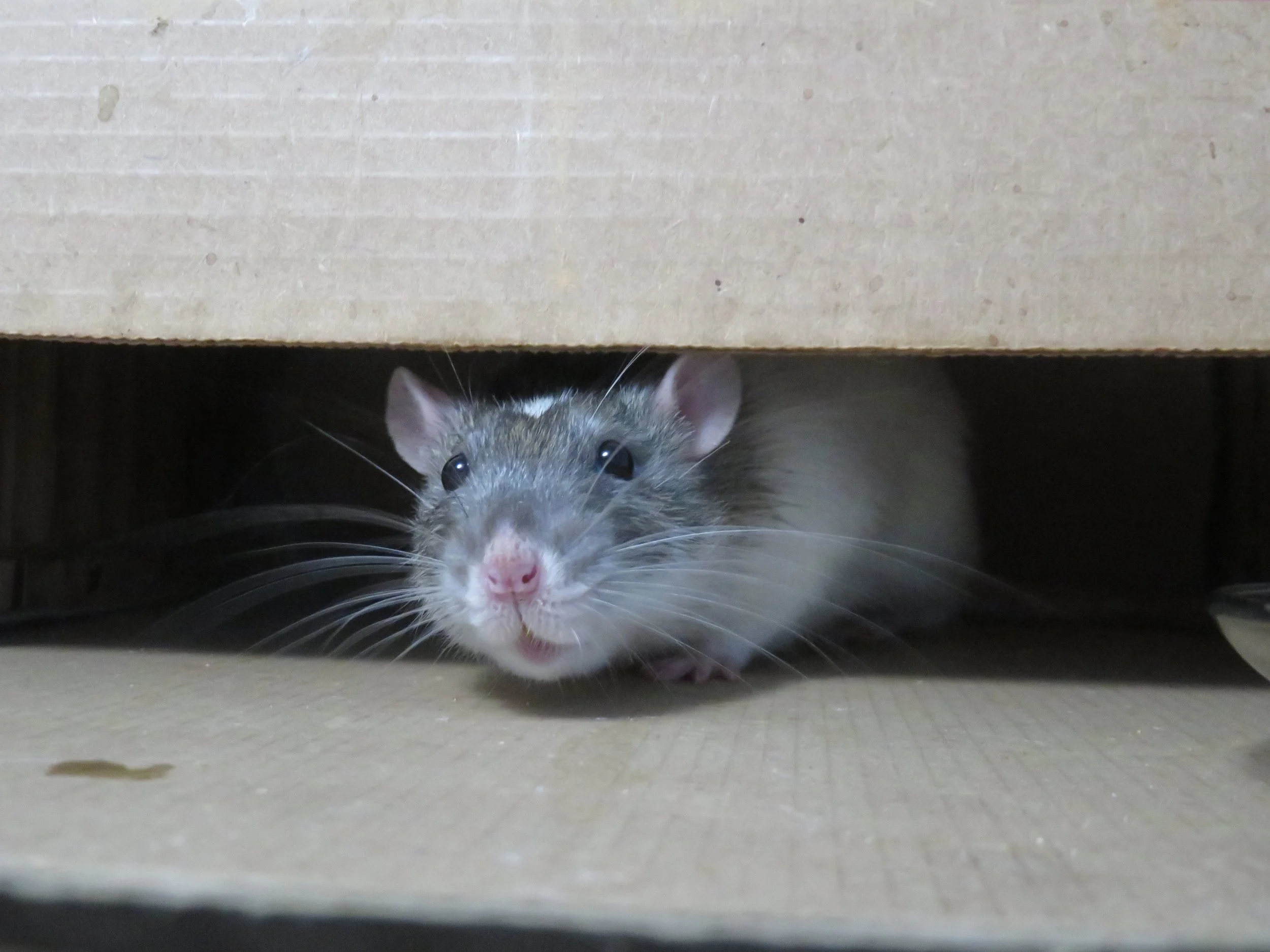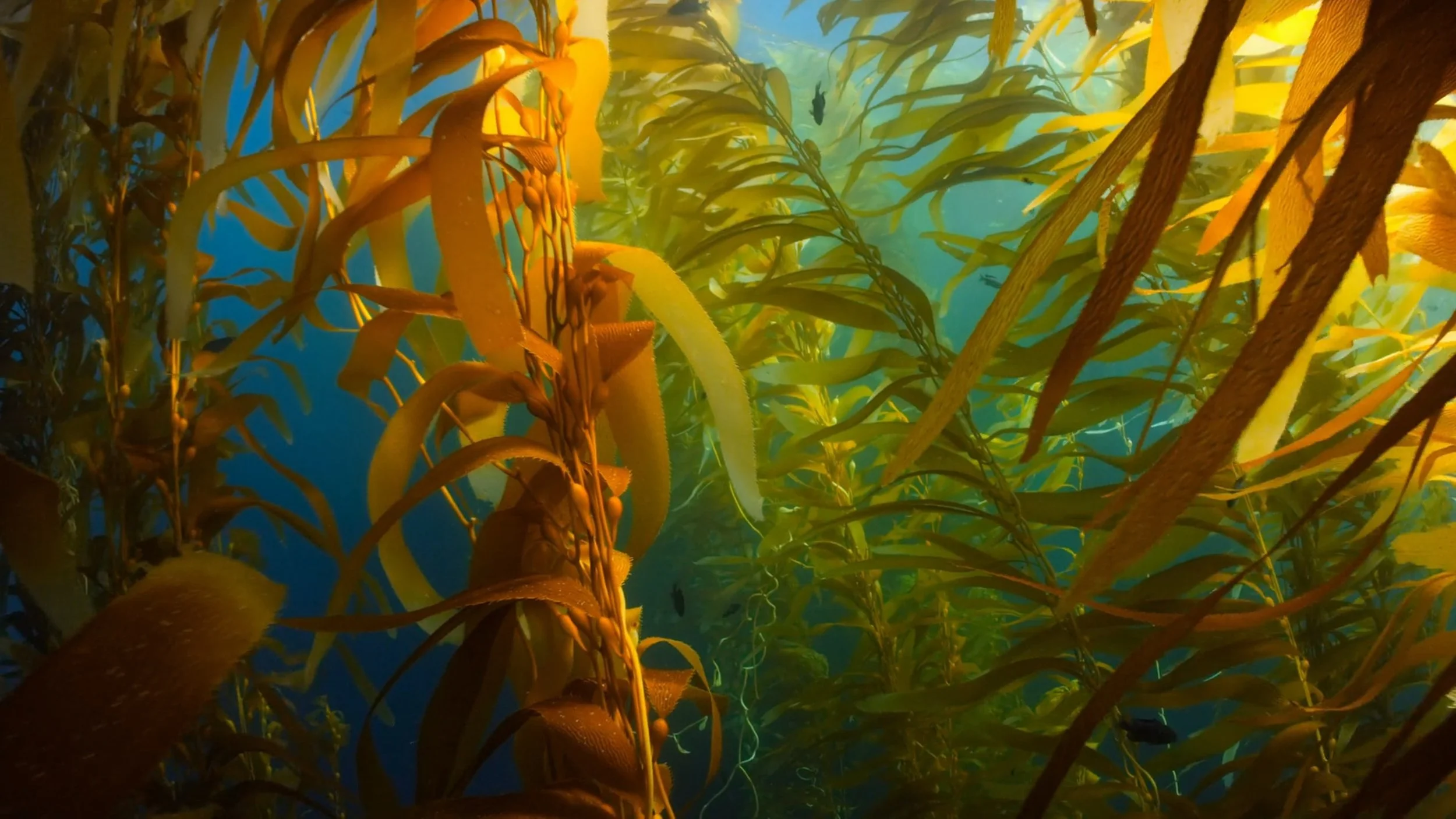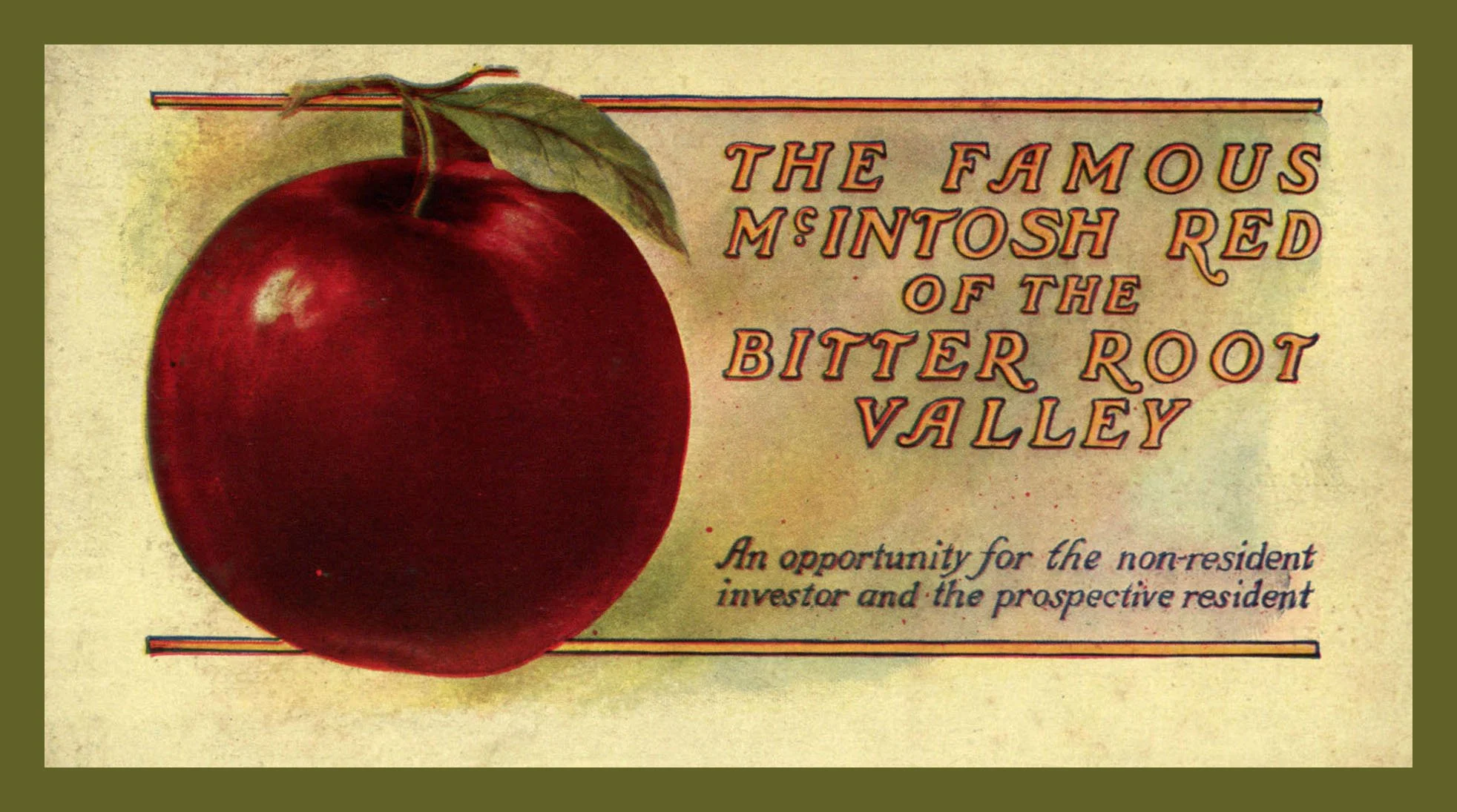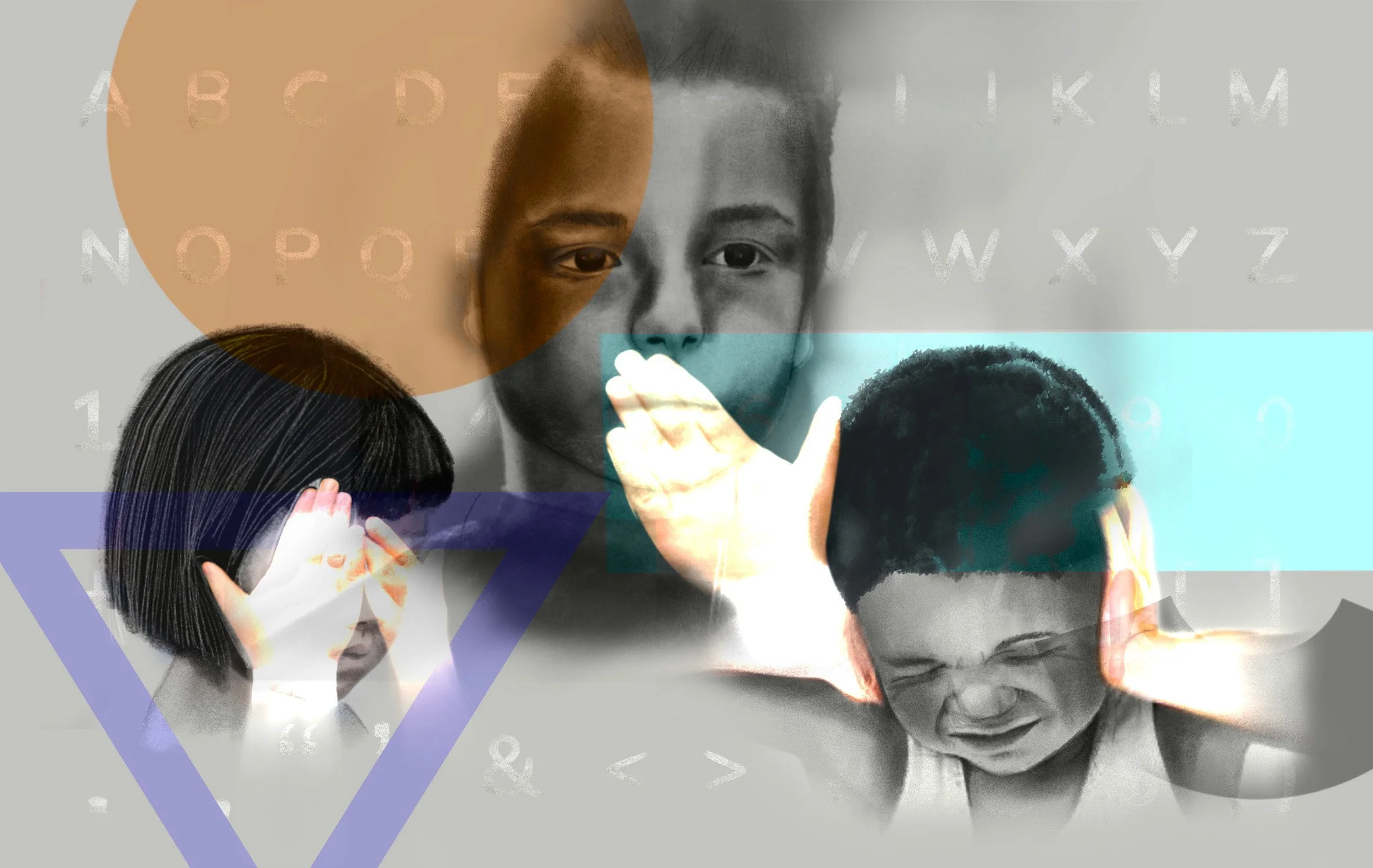Science That Amuses, Bemuses, and Oozes Charm
The unforgettable questions that Ig Nobel science is helping answer
Marc Abrahams, Ig Nobel Awards founder and master of ceremonies, officiates the 32nd First Annual Nobel Prize Ceremony via YouTube.
By Upasana Sarraju
December 15, 2022
The master of ceremonies charmed in a fine jacket, top hat, and in place of a tie, a giant green bottle fly. Zany skits knitted different segments together. A dog named Wednesday made a funding appeal. A rock opera featuring a cockroach elevated the ceremony to outrageous bizarreness. Puns flew everywhere.
This was the 2020 ceremony of the Ig Nobel Prizes, the most unforgettable backroom in the world of science. They celebrate lines of inquiry like: What frequencies does a female Chinese alligator bellow in? Does riding roller coasters hasten the passage of kidney stones? Can a cat be both a liquid and a solid?
Richard Vetter, who won the 2020 Ig Nobel Prize in entomology, thought the award email looked like spam. He almost deleted it. “Once I realized that I was an actual winner, it made me crack up and still does,” he said.
Vetter’s winning study investigated insect scientists who find spiders repulsive. “Being afraid of spiders when you work with fly maggots or cockroaches 40 hours a week just doesn’t align with expectations,” he said. Insects have six legs, and spiders have eight. Vetter titled his study “Arachnophobic Entomologists: When Two More Legs Makes a Big Difference.”
His fellow awardees investigated other unlikely subjects: vibrating earthworms, narcissistic eyebrows, and knives made of human feces. Vetter wore a giant spider hat to the virtual awards ceremony and ended his acceptance speech with “Booga booga!”
Noble to some, ignoble to all
Scientific research is only for serious people, right? Calculations must be perfect, experiments precise, and everything recorded in the passive voice.
Yet from fellatio in fruit bats to the satisfaction of scratching an itch, Ig Nobel Prizes have honored amusing science every year for more than three decades. The prizes are part of a movement founded by Harvard-educated mathematician Marc Abrahams that boasts the publication Annals of Improbable Research, the Ig Informal Lectures, the Improbable Research Collection, the Luxuriant Hair Club for Scientists, and other quirky spin-offs.
Abrahams is a terrific science communicator who is saddened by how science is habitually reported “in a way that drains the life out of it.” Research is exciting and unpredictable, like any creative process. But scientific publications and mainstream media often obscure the best part of discovery: the human experience. In this way, Abraham’s work spotlights research that would otherwise go unnoticed.
Over 2.5 million scientific studies are published annually; nearly all are intended for a niche audience of researchers. Unfortunately, many are unread even by scientists. Contrast these numbers with the 2022 Ig Nobel Prize ceremony, which garnered 31,000 views online.
“The award,” said Vetter, “exposed my research to millions of people worldwide, which is a rarity for most scientific articles.”
When feces wins awards, you look at it
A hand-fashioned knife made of human feces. The researchers from Kent State University found the knife did not work. Image credit: Metin Eren, Kent State University.
“Any time you conduct a study involving the production of knives from frozen human feces, you understand that there is a chance to win the Ig Nobel,” said Metin I. Eren, a member of the winning materials science team that proved knives fashioned from frozen human feces do not work.
But what on earth is a crappy knife good for?
Eren and his colleagues designed the study in pursuit of historical truth. Peter Freuchen, a Danish Arctic explorer, claimed in his 1953 autobiography that he once became trapped in a deep pit of snow and crafted a chisel from his own excrement to cut out an escape. Freuchen’s account was then cited by anthropologist Wade Davis to corroborate an even older anecdote in his book Shadows in the Sun. In those pages, Davis details a well-known account of an elderly Inuit man who refused to move into government settlements and escaped his predicament using a frozen feces knife to dismember a dog and fashion the rib cage into a sled. The story gained high retelling value and bloated into pop culture legend — that is, until Eren et al. debunked the claims. Ig Nobel-winning studies may be humorous, unusual, and intriguing, but they are scientific studies first.
“We had a very serious message about evidence and fact-checking,” Eren added. “It is nice to see the Ig Nobel committee recognize that.”
An Ig Nobel Prize-worthy scientific finding must be riveting and unforgettable. “If you work hard, it is possible to manufacture one of those qualities,” Abrahams explained. “But if your goal at the start is to manufacture something with both those effects, I’m sure that that’s a very, very difficult task.”
And some of these studies have surprising depth. The 2022 Ig Nobel Prize in medicine was awarded to a team from the Medical University of Warsaw who made a chemotherapy-related breakthrough inspired by ice cream. Cancer patients taking the drug melphalan often experience painful sores in their mouths, a common and debilitating side effect of treatment. Having patients slowly eat ice cream or a popsicle during melphalan infusions prevented these excruciating sores, greatly boosting their quality of life.
Make people laugh and then think
In 1992, one year after the Prizes kicked off, a study showed that over the preceding 90 or so years, science communication had become increasingly opaque. Simple explanations are unnecessarily convoluted, and jargon overwhelms straightforward concepts. A 2017 Pew Research Center survey found that just over 30% of Americans seek out news related to science. The impacts are troubling.
Throughout the COVID-19 pandemic, which has claimed over 6.6 million lives to date, unfounded quackery overtook conversations, social media interactions, and text chains. In the evolving medical emergency, misinformation grew louder than data, glimmered brighter than reality, and seemed easier to remember. One analysis estimated that as many as 60% of COVID deaths occurring after vaccines were widely available in the U.S. could have been prevented with vaccination, and some proportion of those people likely chose to avoid vaccination due to misinformation. Science illiteracy costs lives. The trend exacerbates problems that science could help mitigate, like climate change, public health crises, and even data privacy issues.
Abrahams does not believe in the dichotomy of “serious, life-saving” science versus “fun, eccentric” science. He sees these as poorly chosen descriptions that arbitrarily pigeonhole researchers. The birth of great scientific ideas, he noted, often starts from creative kernels that initially seem outlandish. From a heart transplant to a lunar elevator to an aerosolized wasabi fire alarm that awakens hearing-impaired sleepers, “something can be important and seem crazy all at the same time,” he said.
Be interesting my beating heart
As a final touch of whimsy, an Ig Nobel victory does not translate into prize money or research grants. Instead, the awards are just as weird as the studies they celebrate. The 2022 prizes included a decommissioned 10 trillion Zimbabwean dollar bill and instructions to turn a sheet of paper into a cylinder.
There is no prestige in toys and trinkets and no glory in being odd. But the sight of scientists enjoying themselves in cheeky and jovial festivities is incredibly important in a society that over-sanitizes research.
The Ig Nobel Prizes crystallize a vital ideology: There is more than one way to do interesting, useful work. And, as Abrahams put it, “People who don’t dream never get to embark on any new adventure.”
Ig Nobel 2022 award winners. (Click to enlarge.) Source: Improbable Research/Ig Nobel. Infographic by Tara Holley via Infogram.
Upasana Sarraju
Upasana Sarraju (or just Sana) is an Indian writer who loves science, beautiful language, and, lately, bees. She lives in Bengaluru, India, with a changing roster of animal flatmates.




